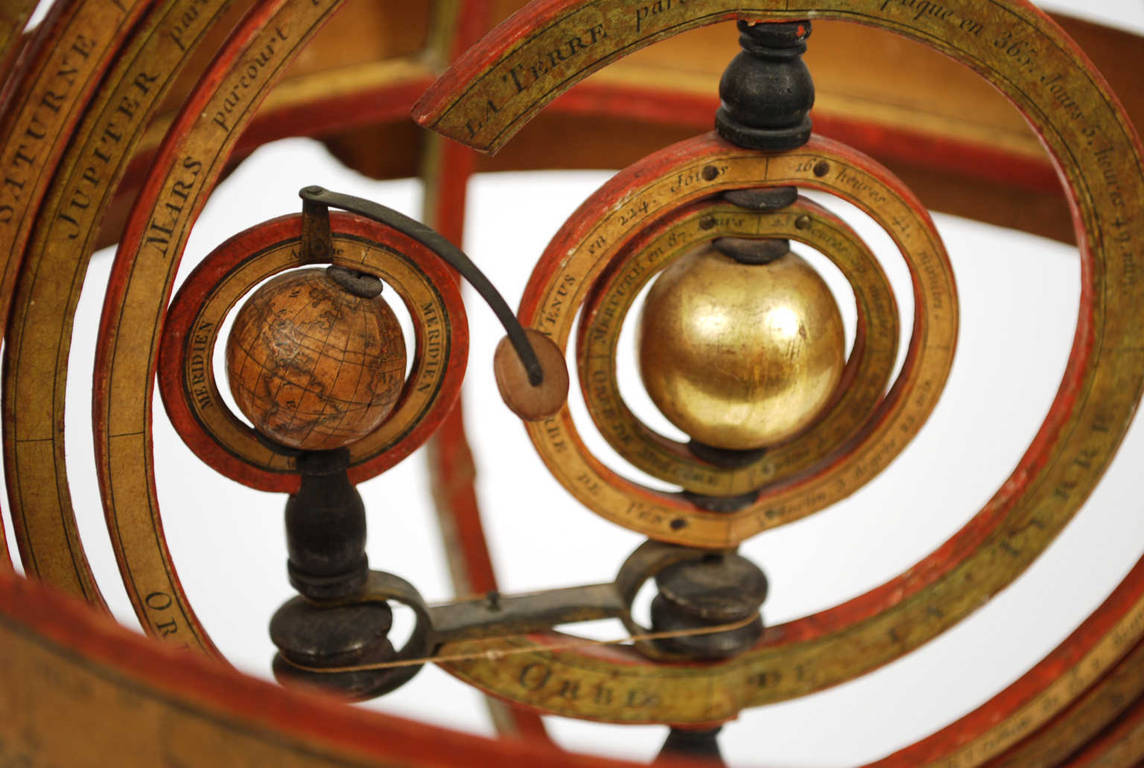1752659095Code 8195 Small Terrestrial GlobeSmall globe published by Räths Politischer Erdglobus, designed and outlined by Prof. Arthur Krause in the 1950s. Papier-mâché sphere and Bakelite base.
Good condition, excellent readability. Dimensions: 11 x 16.5 cm – 4.4 x 6.2 inches
Professor Dr. Arthur Krause took over the Räth company, a globe manufacturer founded in 1917 by Paul Räth (1881–1929), after the founder's death. The company is still in operation today, having survived two world wars and the dissolution of the GDR. Some Räth globes are exhibited in major museums, such as the first electrically illuminated globe, from 1921, on display at the Globe Museum of the Vienna National Library.
The first recorded terrestrial globe is the one attributed by Strabo, historian and geographer, to the Greek Crates of Mallo (c. 150 BC). The first globes, constructed in the early 16th century under the impetus of great geographical explorations, immediately began to be used for educational purposes in princely courts, monasteries, and colleges. The globe later began to conquer universities and high schools. In the 18th century, Didier Robert de Vaugondy, the official geographer of Louis XV, King of France, using his experience in globe construction, expanded the article "Globe" in the Encyclopédie by illustrating in detail the distinction between a celestial globe (which represents the concave surface of the sky with its constellations) and a terrestrial globe (which represents the surface of the Earth with its seas, islands, rivers, cities, etc.) The first recorded terrestrial globe is the one attributed by Strabo, historian and geographer, to the Greek Crates of Mallo (c. 150 BC). The first globes, constructed in the early 16th century under the impetus of great geographical explorations, immediately began to be used for educational purposes in princely courts, monasteries, and colleges. The globe later began to conquer universities and high schools. In the 18th century, Didier Robert de Vaugondy, the official geographer of Louis XV, King of France, using his experience in globe construction, expanded the article "Globe" in the Encyclopédie by illustrating in detail the distinction between a celestial globe (which represents the concave surface of the sky with its constellations) and a terrestrial globe (which represents the surface of the Earth with its seas, islands, rivers, cities, etc.).




















